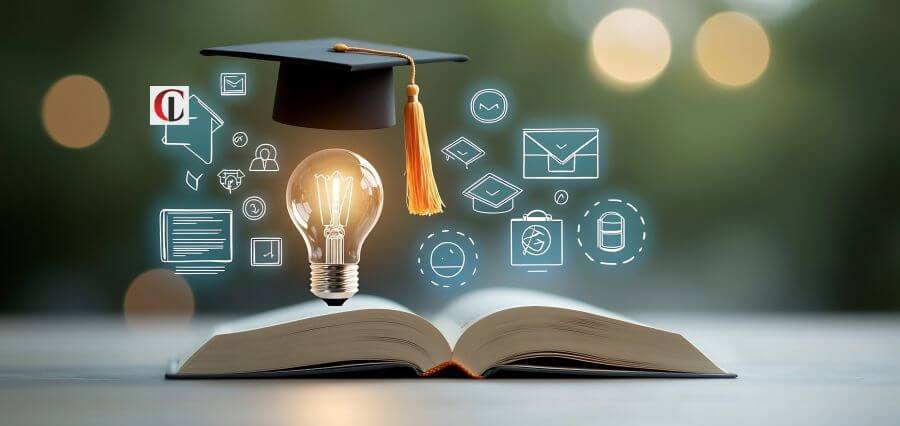A rapidly globalizing and dynamically evolving world means that the roles of education can no longer be the mere transmission of stable knowledge. The challenge of equipping students to live in an ever-evolving globalized world raises an imperative for pedagogic revolution. Pedagogical innovation, encompassing new modes, technology, and interdynamics, is fast emerging as a force to revolutionize molding education in the contemporary world. When put into practice, these innovations are less about issues and more about participation in the classroom; they allow students to think, engage with the world, and be responsible for learning. Empowering students is not about embracing new platforms or tools but itself. It’s about a shift in teacher-student dynamics, wherein learners are given the driver’s seat, not as recipients but as copilots. Gaming, project-based education, and flipped classrooms help build learning environments in which students end up being independent, creative, and problem-solvers.
Integrating Technology to Enhance Student Engagement
Adoption of digital technology within schools has revolutionized teaching, interaction, and expression of understanding by students. Digital technology such as interactive whiteboards, virtual reality, adaptive software, and computer-based tutoring systems customize learning activities for individual types and needs. When utilized optimally, they transform traditional teaching into an engaging, student-focused process that promotes inquiry, improved learning. Technology integration is only feasible with planning and adequate teacher training. Merely adding new hardware or software with no seeming pedagogical purpose generally translates into little more than skin-deep change.
Continuing professional development gives the instructor an opportunity to change the way they deliver lessons and employ technology to promote critical thinking and teamwork. When students are given the proper tools and let loose to explore content interactively, they are encouraged and are therefore enhanced. In addition to supplementing interaction, technology provides access to other sources of knowledge. Students take virtual exchange programs, view webinars globally, or get connected to experts in other disciplines. In so doing, they engage with various cultures, professions, and attitudes and hence become more informed and tolerant. This technology-enabled global interdependency not only maximizes learning but also initiates students into the reality of a digitally networked work environment.
Fostering Active Learning and Student Autonomy
Innovative pedagogy also facilitates active learning. Some of the ways in which project-based learning, inquiry-based learning, and flipped classrooms help students gain control over their learning are a few of them. Under project-based learning, for example, students work on real-world problems that require research, analysis, and collaboration. In addition to being more engaging, this also develops useful skills such as communication, collaboration, and leadership. Active learning does so by empowering students through providing students with the ability to make decisions about their own learning process.
Since the students are internally motivated to choose subjects, set their own goals, and monitor their own progress, they are more autonomous and responsible. By making them independent, it strengthens their intrinsic motivation and self-respect. By involving students as co-authors of learning, creative pedagogy sparks lifelong curiosity, autonomy, and growth mindsets. Active learning also fosters deeper understanding over shallow memorization and involves creative thinking. Students have to work harder by comparing, combining, and connecting previous knowledge in meaningful ways. More rigorous thinking helps develop intellectual flexibility and resilience. Through time, students build a stronger foundation for solving sophisticated problems—both inside and outside of class. Teachers who employ these methods typically witness increased student achievement and satisfaction.
Building Inclusive and Equitable Learning Environments
Instructional innovation is also responsible for equity and inclusion in the classroom. Adaptive learning software programs are able to customize content and pacing to meet the individual needs of disabled or support students. The systems even out the playing field by offering all students advantages of instruction based on each’s strengths and weaknesses. Technology also helps linguistically and culturally diverse students with translation software, graphical icons, and personalized learning materials.
Instruction that is culturally responsive, respecting and appreciating students’ identity and backgrounds, can be made richer through new practices. Integration of diverse perspectives into instruction and leveraging technology to link students to the world make learning meaningful and real for teachers. Collaborative projects, web tools, and authentic applications make students heard, valued, and felt. In such inclusive classrooms, all students are more likely to succeed and enjoy a respectful and empathetic classroom environment. In addition, equity-based innovation can close achievement gaps. Providing access to high-quality digital instructional materials, the internet, and open educational resources places all students of low-income families on a level playing field.
Conclusion
Innovative teaching serves to empower the learners, particularly demanded by our current rapid world. Integrating technology, active learning, and inclusive practices assists in developing a nurturing classroom that fosters the intellectual, social, and emotional development of the learners. The innovations not only drive test scores but revolutionize students’ views of themselves as learners and future members of society. For educational innovation, administrators, policymakers, and teachers are required to be dedicated to collaboration in order to make it sustainable. In the establishment of a sustainable education reform system, access to resources, training, and support is crucial. With the development of a teacher as a learning facilitator, students are empowered to learn on their own independently as autonomous learners, self-directed learners, and assertive learners.
Read More – What is Brainwave Entrainment and Its Benefits in The Corporate World

